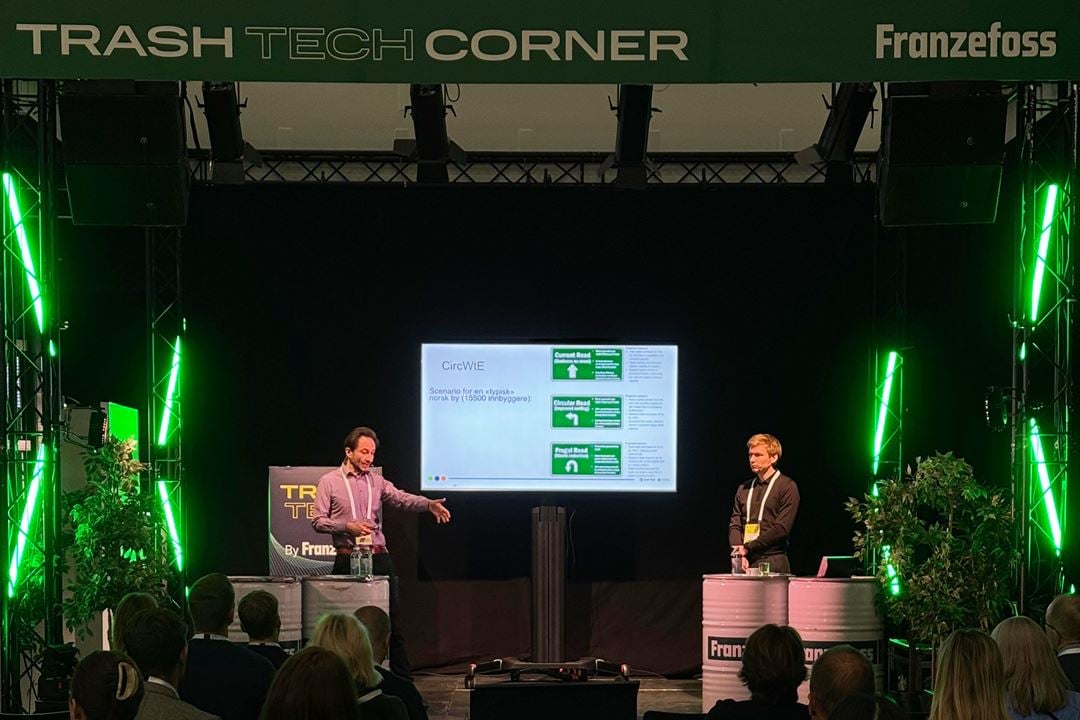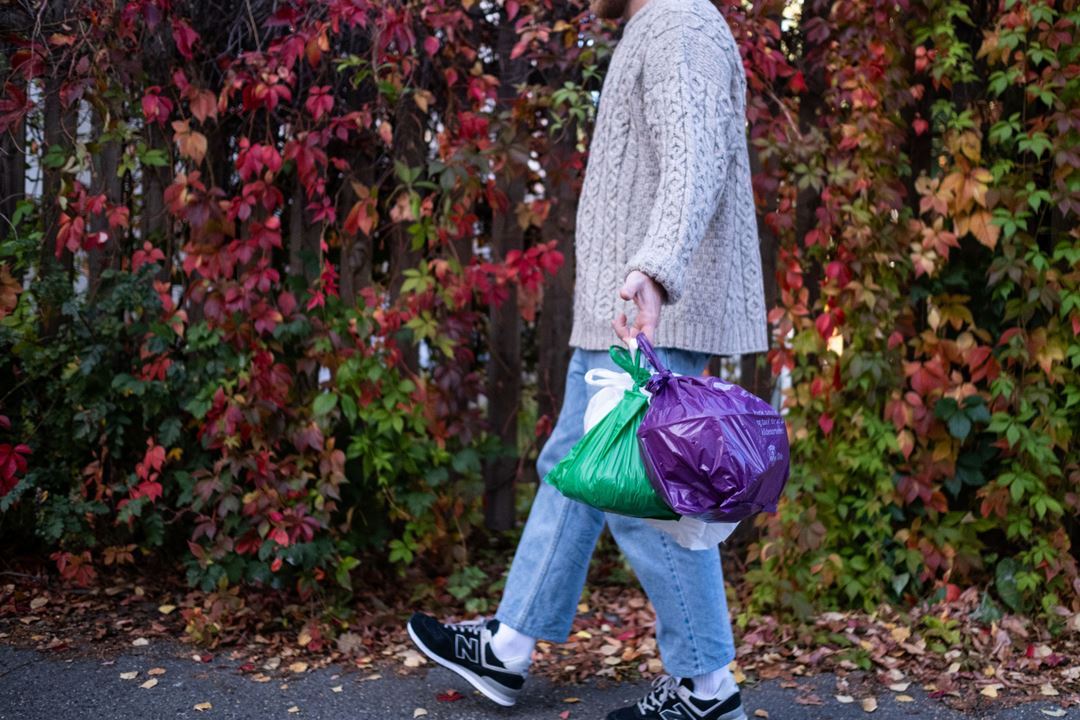What happens to our waste affects us all
Transitioning to a circular economy could make society both more sustainable and more competitive. However, with a circularity rate of only 2.4% (2020), the Norwegian waste management system, like the whole society, must evolve – not only to continue delivering as expected, but also to play an active role in this (r)evolution.
A new report from the SINTEF-led project CircWtE provides key insights into the Norwegian waste management system, along with recommendations for how circularity can be improved.
Read the full CircWtE report here
Selected highlights from the report include:
- There is no one-size-fits all solution. Waste management solutions must be adapted to the characteristics, advantages and limitations of each site and region, and will require a broad mix of new and existing technologies.
- Waste prevention starts before a product is created. Reducing primary production while adapting processes to generate less waste are essential for a more circular industry.
- Circularity indicators must be detailed and multidimensional. They should capture the different facets of waste management - including the impact on energy, climate and economy – rather than being overly aggregated.
- We need better and more comprehensive data. Improved data sets and collection are crucial for understanding and optimising waste management technologies across multiple levels.
- Residues and rejects from waste treatment should also be integrated into the circular economy. Recycling rejects and ash, among other things, should be valorised.
“Waste management is much more than getting waste out of people’s way – it touches upon questions relevant to the environment, energy, climate, resource-efficiency, business opportunities and jobs,” said Michaël Becidan, project leader of CircWtE and senior researcher at SINTEF.

While this work was primarily carried out for Norway, many of the findings and recommendations are highly relevant for other European countries, which face similar challenges on the road towards a circular economy and are subject to the same EU circularity targets.
“What if” scenarios rooted in the real world
In its almost five-year duration, CircWtE fostered a close collaboration between research institutions and industry and public actors across the waste management value chain.
A main part of the project’s work was modelling three main future scenarios: Current Road (business as usual), Circular Road (improved sorting) and Frugal Road (waste reduction). These scenarios were not intended as predictions, but as plausible “what if” cases, designed to support discussion in real-world contexts.

“Scenarios enable us to anticipate and discuss, both qualitatively and quantitatively, the consequences of hypothetical trends – what will need to be done in the waste treatment system if people keep on throwing waste like the last decade? What technology(ies) could be implemented (or not) to reach sorting and recovery targets? How much WtE capacity do we need?” explained Michaël.
The road to circularity is paved with good intentions
Achieving a circular economy will require a wide range of measures, including smarter data, targeted investments and technological development. It will also require engagement and coordination from all stakeholders, from consumers making informed choices to industries rethinking design and production.
“Each and every one can and should act at their level. CircWtE tries to provide knowledge-based recommendations to different groups, from politicians to citizens. Tall oaks grow from little acorns,” said Michaël.
The road ahead may be complex, but the destination is clear: a future waste management system that is transparent, efficient and truly circular.


